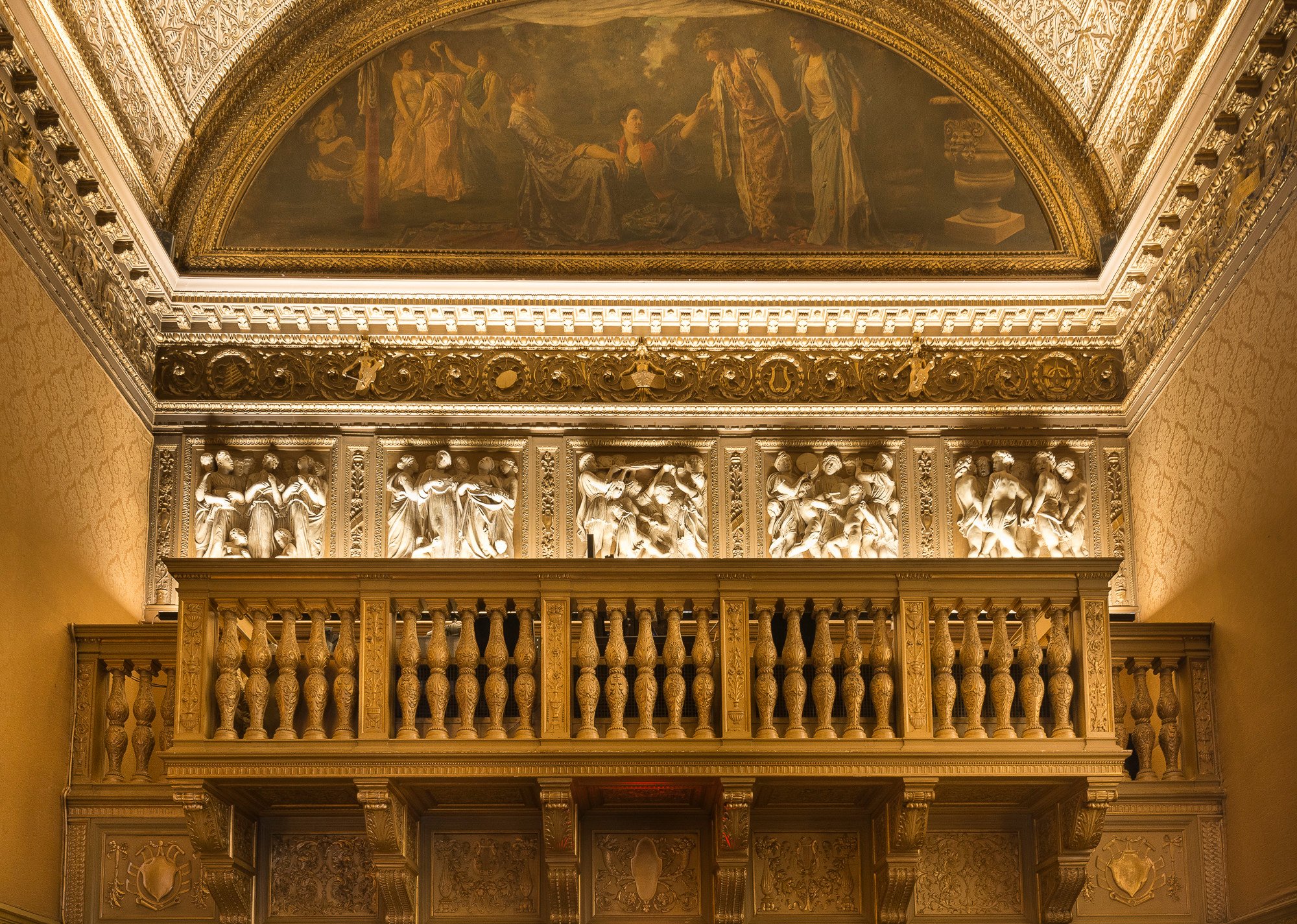The industrial revolution gave us a number of substantial benefits – mass production and a rising middle class among them.
But kitsch art, too, was a byproduct born of that era.
“Derived from ‘verkitschen’ (German for “to make cheap”), kitsch was first used in the 1860s and 1870s to describe art sold in street markets in Germany,” says Rebecca Dunham, curator of collections and exhibitions at the Nora Eccles Harrison Museum of Art at Utah State University. She’s one of three curators who organized A Matter of Taste, an exhibition of kitsch that opened there on Saturday.
“This exhibition calls into question the role of the museum,” says Katie Lee Koven, also a curator. “There’s some pure kitsch that you might find in the museum gift shop rather than the galleries.”
The curators asked other institutions to contribute as well – to seek out other definitions of kitsch, outside of their own environment.
“Since the exhibition is about art’s relationship to kitsch and kitsch’s relationship to culture, these things are experienced based on where we come from,” Koven says. “Some of the loaned objects bring together different perspectives that I might not have included, because they’re not part of my experience.”
Like Mormon kitsch from Salt Lake City. Koven reached out to a curator at the Church of Latter Day Saints History Library, asking what that might look like. “She said: ‘Actually, we’ve been collecting Mormon kitsch in the library over the years,'” Koven says. “So we went there and looked and talked about what it is and what it means.”
So now Mormons attending the exhibition will see a few items that will be very familiar to them, but less so to someone not of the church.
This is an exhibition aimed at questioning the role of art in contemporary society – and the perceptions of art in relation to kitsch in a museum environment. It’s also about how artists react to the world around them, and about our own perception of art, whether it’s highbrow, lowbrow or mass produced.
But mostly, it’s about elevating a much-maligned art form to a new level of appreciation.
For more, go here.
[slideshow id=1563]
Image Credits:
1 Jeffrey Vallance, Connie Chung #3, 1981, enamel on board with decals, 19.25 x 23.25 in. Nora Eccles Harrison Museum of Art, Utah State University, Gift of Larry and Mimi Kennedy Dilg. Photo Courtesy of Nora Eccles Harrison Museum of Art.
2 Hap Sakwa, Mad Hatter Teapot, 1994, ceramic applique on wooden vessel, 11.5 x 14 in. Nora Eccles Harrison Museum of Art, Nora Eccles Treadwell Foundation Gift. Photo Courtesy of Nora Eccles Harrison Museum of Art.
3 Tony Berlant, A Marine’s Dream (Dear John), 1964, collage of metal, nails, wood, plastic, and photograph, 11 x 11.5 in. Nora Eccles Harrison Museum of Art, Marie Eccles Caine Foundation Gift. Photo Courtesy of Nora Eccles Harrison Museum of Art.
4 Alan Hashimoto, Chains of Knowledge, 1987, acrylic and airbrush on paper, 29 x 18 in. Nora Eccles Harrison Museum of Art, Gift of the Artist. Photo Courtesy of Nora Eccles Harrison Museum of Art.
5 Richard Pettibone, Double Jackie, 1968, silkscreen on foil paper, 2.5 x 4 in. Nora Eccles Harrison Museum of Art, Marie Eccles Caine Foundation Gift. Photo Courtesy of Nora Eccles Harrison Museum of Art.
6 Maxwell Hendler, Bluebird, 1977, watercolor on paper, 8.25 x 7 in. Nora Eccles Harrison Museum of Art, Kathryn C. Wanlass Foundation Gift. Photo Courtesy of Nora Eccles Harrison Museum of Art.


